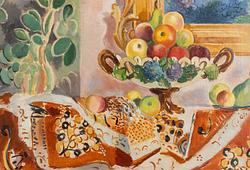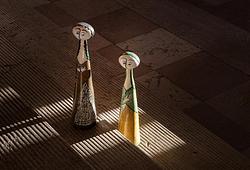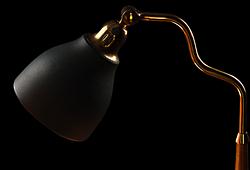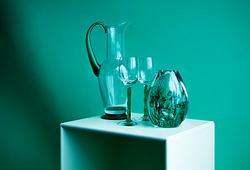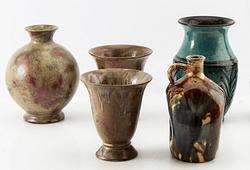Pablo Picasso
”Homme barbu de trois-quart/Version profil d’un homme”
Signed Picasso. Executed ca 1942-43. Ink on paper 28 x 22,6 cm. Also signed drawing in ink verso, I: 10 x 7 cm. Comes with a certificate from Picasso Authentification. In connection with the sale at Galerie Charpentier, Paris, Daniel-Henry Kahnweiler presented "Tête d'homme" to Picasso who signed the work on December 6th, 1952. We thank Mme Angela Rosengart, Galerie Rosengart, Luzern, for information about this lot.
Saleroom notice
Title: ”Homme barbu de trois-quart/Version profil d’un homme”. Executed 1942-43.
Provenance
Maurice Rheims, Galerie Charpentier, Paris, "Collection de la Princess de X et divers amateurs", 2-3 dec 1952.
Galerie Rosengart, Luzern, 1953.
Neumans konsthandel, Stockholm.
Acquired from the above.
More information
From first to last, Picasso’s prime subject was the human figure and portraiture remained a favourite genre. His earliest portraits were done from life and reveal a precocious ability to catch likeness and suggest character and state of mind. By 1900 Picasso was producing portraits of astonishing variety and thereafter they reflected the full range of his innovative styles – symbolist, cubist, neoclassical, surrealist, expressionist. But however extreme his departure from representational conventions, Picasso never wholly abandoned drawing from the sitter or ceased producing portraits of classic beauty and naturalism.
For all his radical originality, Picasso remained in constant dialogue with the art of the past and his portraits often alluded to canonical masterpieces, chosen for their appropriateness to the looks and personality of his subject.
Artist
Pablo Picasso (1881-1973), Spanish painter, printmaker, sculptor, and ceramist. Active in France since 1900. He is, alongside Matisse, the most dominant artist of the 20th century. After passing through a blue period, a pink period with circus scenes and harlequins, he created his first cubist painting, "Les Demoiselles d'Avignon," in 1907 under the influence of African sculptures. Together with Braque, he further developed cubism by breaking down surfaces, which were then represented in various simultaneous aspects. In 1912, he left nature and recreated a new reality, only to return to acrobats in 1916. During the 1920s, he approached surrealism and worked with whimsical forms while also producing drawings and etchings in line style. During the Spanish Civil War, he was violently stirred, and it is now that his great protest in the painting Guernica comes to fruition. In the late 1940s, he settled by the Mediterranean and produced nymphs, centaurs, and fauns, as well as paraphrases of the works of old masters, and painted powerful terracotta ceramics in Vallauris. His abundant graphic production follows the same development as his painting.
Pablo Picasso was not only an artist but also a skilled ceramist. During his lifetime, he created hundreds of ceramic works, such as jugs, vases, and plates. Picasso's passion for ceramics began when he visited the annual ceramics exhibition in Vallauris in southern France in 1946 and was introduced to the craft by the artist couple Suzanne and Georges Ramié, who owned the Madoura pottery. During the following years which he spent in Vallauris, Picasso met his second wife, Jacqueline Roque, whom he depicted on the ceramic pieces. He also decorated the ceramics with abstract animals and bullfighters in a cubist style.
Read more



